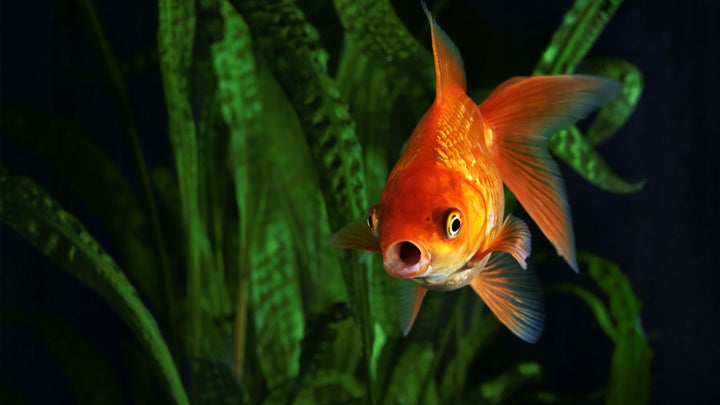
By Shannon Lords, Executive Producer at Great Bowery Film
Why the effects of our increasingly digitized lifestyle have made us into the speed daters of storytelling
I recently reread Microsoft’s 2015 report that said a consumer’s attention span is now less than that of your average goldfish.
No wonder we the content creators are being asked to create work that lasts all of a few seconds—shorter than an Instagram story, more fleeting than Snapchat. Whichever way you choose to look at it, it’s clear that the effects of our increasingly digitized lifestyle have made us into the speed-daters of storytelling.
Seriously, “the 6” (this is how we ad and film people refer to the six-second rendering) is not a “lift” (which is the term for a shorter version of the 30 or 15 second spot), but actually has its own creative planning and is tested alongside the “long” version of 15 seconds. It’s effectively an additional project—all in the name of creating snackable content.
I remember my grandparents turning the volume off when the ads would interrupt their beloved Tonight Show. In this day and age, we in the film industry and our agency partners are challenged to turn heads across a quickly changing landscape of technology—and in less time than it takes to peel a banana. I doubt my grandmother could have willed her arthritic fingers to maneuver the remote’s mute button before those first 6 seconds had passed.
But is this shortening of content all driven by consumers’ attention (or lack thereof)? Maybe not. In my opinion, there are a lot of factors at play here:
How media buying is changing
Is media buying influencing the space, too? Fox, which has led the way on incorporating 6s during their sporting event broadcasts, says the rate for six seconds of ad time is equivalent to the rate for a 15-second spot.
Where content lives
We also have to consider the shifts in where and how we consume content – our phones, our computers, our televisions, and more. Fox was one of the first to emulate the digital experience for broadcast. YouTube began its non-skip-able six-second bumper spots last year (which feel like little ad haikus, if you ask me) and most on-demand providers serve you up a four to six second ad before streaming begins.
But will this work for broadcast? I think the jury is still out. It’s much easier to deliver a simple message such as “Free Netflix!” in six seconds, rather than highlighting the new dashboard features of a car.
How many choices we’re bombarded with
It’s also important to acknowledge the response to the aforementioned Microsoft study that the sheer volume of choices we have now is contributing to the evolution of consumerism, and thus the evolution of content creation.
Where consumers are shopping now
According to a Google study, 90% of people who own multiple devices switch between an average of three per day to complete a task. This means that audiences today are expected to watch the four-second ad, fall in love with the product, research it on their phone, order it on their laptop, and then use yet another device to track the shipping. This has led to “omnichannel marketing” which is meant to provide a seamless user experience across all channels in the buyer’s journey—and that four or six-second ad is the first toll booth on that trip.
Given that cross-channel sales are predicted to reach $1.8 trillion this year, those few seconds better be good—and persuasive. Regardless of the time requirements, we as content creators still have to produce the very best work we can.
So, what’s next? One second storytelling? I wonder what Ken Burns would think.
